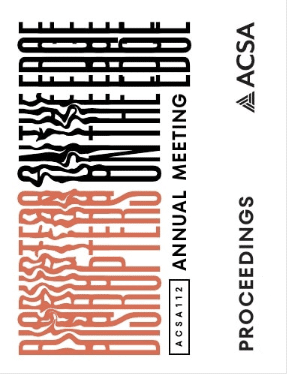Author(s): Casey Franklin & Sam Church
Trans- and gender diverse (TGD) people face increasing discrimination in architectural environments; in the past two years multiple states have enacted anti-LGBTQ laws that use sex or gender identity to restrict use of spaces like restrooms and student housing.1 A national trans-survey found over half of respondents avoided using public restrooms entirely fearing confrontations, and that approximately a quarter of college students experienced verbal, physical, or sexual harassment.2 Architects have a unique opportunity to alleviate this discrimination through design decisions that support and protect TGD users, especially on college campuses. This mixed-methods survey investigated TGD student opinions of gender-inclusive student housing (GISH) design elements. Quantitative questions were used to gather demographics information, GISH experience satisfaction, and comfort level for design features. Emotional heatmaps and open-ended questions provided qualitative feedback explaining why floor plans designs and interior photos made TGD users uncomfortable. TGD students reported dissatisfaction with current GISH options, and consistently reported feeling more comfort-able in gender-inclusive spaces. While the majority (50%) of TGD students in this survey had access to GISH, the majority (66.6%) also reported being dissatisfied with GISH options. Researchers tested the hypothesis that TGD users would rate comfort differently than cis-gender (cis-) users in gender inclusive spaces. This was found to be true for multiple scenarios, but not all. Image and floor plan heatmap questions asked participants to select architectural features causing discomfort and provided in-depth explanations for why. Text-based data was analyzed and showed strong themes of security, privacy, and sense of belonging. Triangulated data was used to create a set of design guidelines which support these same principles. Both architects and universities can benefit from this in-depth exploration of how design decisions impact overall TGD student comfort in GISH.
https://doi.org/10.35483/ACSA.AM.112.84
Volume Editors
Germane Barnes & Blair Satterfield
ISBN
978-1-944214-45-6

 Study Architecture
Study Architecture  ProPEL
ProPEL 
